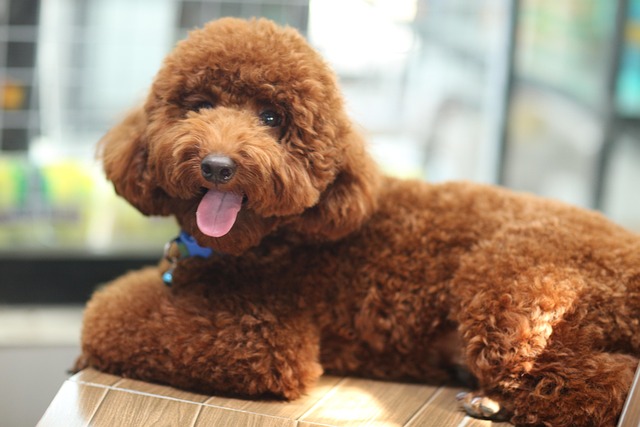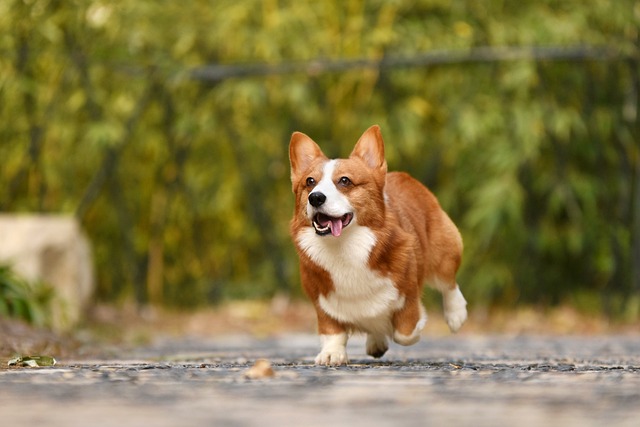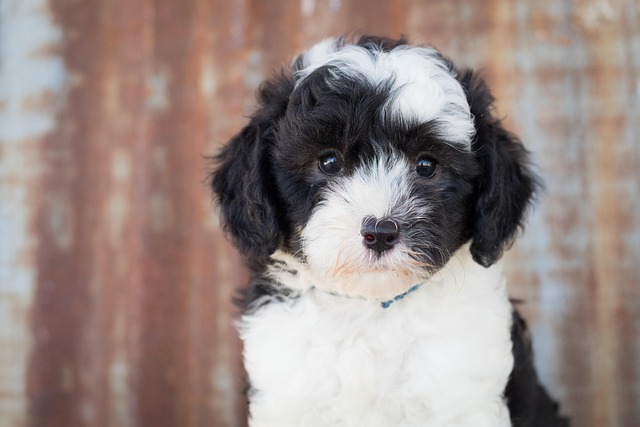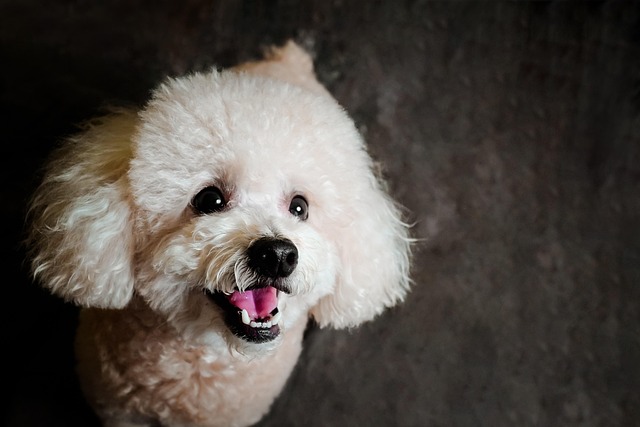
What is the hardest dog to take care of?
Trying to figure out which dog is the toughest to care for? It’s not a one-size-fits-all answer. But certain breeds demand more time, patience, and resources than others.
You know that moment when your Shih Tzu emerges from under the couch looking like a rogue dust bunny? Or when your Yorkie’s once-silky hair morphs into stubborn mats overnight? Grooming a small dog isn’t just about keeping them Instagram-ready—it’s essential for their health and happiness. Here’s how to do it right, the kind-hearted and legally savvy way.
Start by understanding your dog’s coat biology. Breeds like Maltese or Pomeranians have hair that grows continuously, similar to humans. Without weekly brushing, dead hair traps near the skin, causing mats that pull painfully on their delicate skin. This isn’t just uncomfortable; it restricts blood flow and can hide parasites or infections. Grab a slicker brush for daily light detangling and a metal comb for weekly thorough checks. Work in sections: gently hold the hair above the skin to avoid tugging, brush downward, then lift the next layer. If you hit a snag, never yank—spritz a detangling solution (1 part conditioner to 10 parts water works) and patiently finger-pick the knot apart.
Bath time needs strategy. Sudden immersion terrifies many small dogs—their low body mass chills rapidly. Place a non-slip mat in a sink or shallow tub, and use lukewarm water. Apply dog-specific shampoo (human pH strips their skin’s protective oils) massaging away from the face. Rinse until the water runs utterly clear; leftover shampoo causes itch-fests. Now, the critical drying step: air-drying invites mats and fungus. Use a low-heat pet dryer while continuously brushing the coat upward with one hand. Aim the dryer nozzle downward—never directly at the face—and keep it moving to prevent hot spots. Miss this, and you’ll undo all your brushing work.

Tricky zones demand extra care. Tear stains under the eyes? Wipe daily with a saline-moistened gauze—never human makeup removers. For paw pads, use blunt-tip scissors to trim hair flush with the pads to prevent slipping on hardwood floors. Nail trimming? File weekly instead of clipping to avoid hitting the quick. If your dog squirms, pair each touch with chicken bits—this positive reinforcement rewires their fear response through classical conditioning. Remember, yelling or pinning them down violates animal welfare norms across the US and EU; patience is non-negotiable.
Now, the legal and social context. Skipping grooming isn’t just messy—it’s risky. Matted fur hides ticks carrying Lyme disease, and unvaccinated dogs (rabies shots are mandatory in all 50 states) can’t legally visit groomers or dog parks. After home grooming, always bag waste in biodegradable bags—cities like Seattle fine $125 for uncollected poop. In apartments, establish a balcony potty patch with artificial turf if storms hit, but maintain indoor brushing routines to minimize allergens irritating neighbors. When walking, carry a portable brush to quickly de-burr your pup post-park visit—it’s basic community courtesy.
Consistency is everything. Ten minutes of brushing every other day beats a two-hour marathon monthly. Pair sessions with belly rubs or a lick mat smeared with peanut butter. This bonds grooming with joy, not stress. Your vet can spot early skin issues during check-ups—another reason annual visits are non-optional under most pet insurance policies. A well-groomed small dog isn’t just adorable; they’re healthier, happier, and a credit to your responsible ownership.

Trying to figure out which dog is the toughest to care for? It’s not a one-size-fits-all answer. But certain breeds demand more time, patience, and resources than others.

When it comes to choosing a furry companion, one of the most common questions dog lovers grapple with is whether small dogs are healthier than their larger counterparts. It’s a complex topic that doesn’t have a one - size - fits - all answer,

Picture merging onto a Los Angeles freeway with your Labrador, Max, when sudden braking sends his 65-pound body lurching toward the dashboard.

You’re cuddling with your furry friend on the couch when you notice: their once - shiny coat now looks dull and feels like straw.

Imagine your French Bulldog, Buster, sunbathing on your Miami balcony. Those adorable wrinkles soaking up rays seem harmless—until he develops scaly pink patches on his belly.

Seeing your dog wince when they stand up or hesitate before climbing the stairs tugs at your heartstrings. Arthritis is a tough battle for many senior dogs and large breeds, but you don’t always need prescription meds to offer relief.